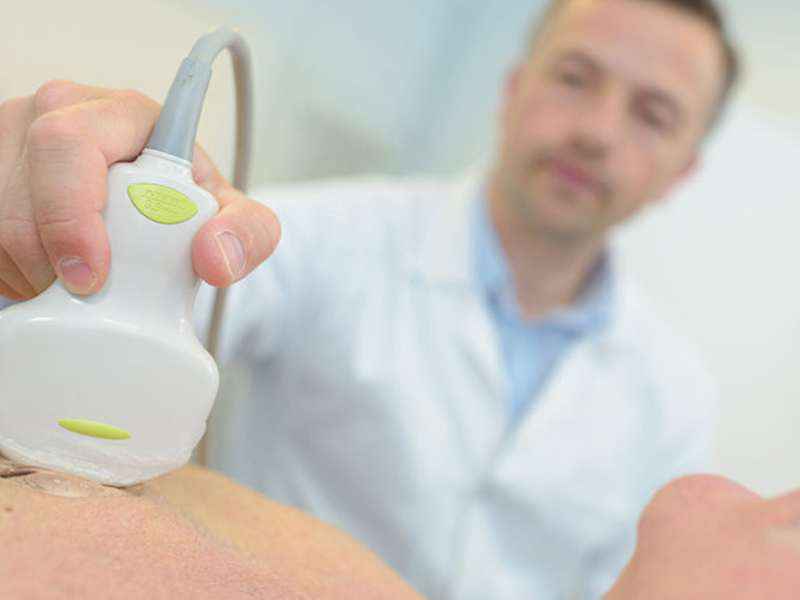


Echocardiography or simply an Echo is a sonography of the heart. It uses sound waves to create moving pictures of your heart. An echocardiogram can be done in the doctor’s office or a hospital. It requires undressing from the waist up and lying down with turning left on an examination table or bed.
What Can Echocardiography Show?
- The size and shape of your heart.
- Overall pumping of your heart.
- Any wall or section of your heart is weak and not working correctly.
- Condition and function of your heart’s valves.
- Any blood clot or tumors or any focus of infection in your heart.
- Any birth defect in your heart like holes in the heart.
Why Do I Need Echocardiography Test?
Your doctor may use this test to look at your heart’s structure and function in variety of diseases. This test may be needed if…
- You have a heart murmur.
- You have had a heart attack.
- You have unexplained chest pains, breathing problems, palpitation, fainting attacks (syncope).
- You have cardiac valve problem.
- You have a congenital heart defect / birth defect.
Different Modes Of Echocardiography
Depending on what information your doctor needs, you may have one of the following kinds of echocardiograms:
Transthoracic echocardiography (TTE):This is routinely done in which a probe (transducer) is placed on your chest. The probe sends special sound waves, called ultrasound, through your chest wall to your heart. As the ultrasound waves bounce off the structures of your heart, a computer in the echo machine converts them into pictures on a screen.
Trans-esophageal echocardiography (TEE): During this test, the transducer is attached to the tip of a flexible tube. The tube is introduced through your mouth into your food pipe (esophagus). TEE shows clearer pictures of your heart because the probe is located closer to the heart. This allows your doctor to get more detailed pictures of your heart. Drug spray is given to your throat prior to the procedure for the prevention of discomfort and pain.
Stress echocardiography: During this test, an echo is done both before and after your heart is stressed either by having you exercise or by injecting a medicine that makes your heart beat harder and faster. A stress echocardiogram is usually done to find out if you might have decreased blood flow to your heart due to possible blockage in the arteries supplying blood and oxygen to the heart muscle.
Three-Dimensional (3D) echocardiography: A three-dimensional (3D) echo creates 3D images of your heart.